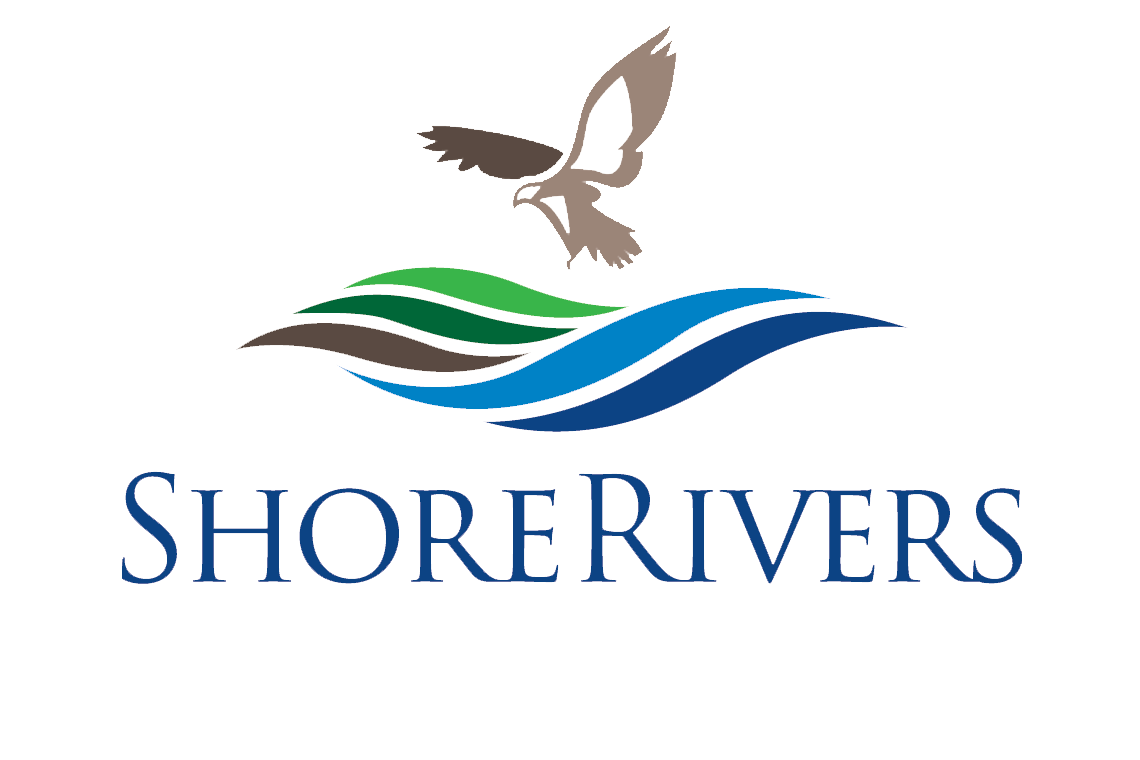Annie Richards is the new Chester Riverkeeper.
Annie Richards joins the ShoreRivers team as the new Chester Riverkeeper in January. As Riverkeeper, Richards will be the primary voice for the Chester River and its tributaries, working through the core, science-based strategies of advocacy, enforcement, outreach, and water quality monitoring to achieve cleaner waterways. ShoreRivers Riverkeepers regularly patrol their rivers and tributaries, advocate for strong clean water laws, engage with our communities, and serve as guardians for these living resources.
Richards comes to ShoreRivers with a lifetime of experience on the Chester and in local communities. For ten years, she served as an educator, captain, and fundraiser at Echo Hill Outdoor School. While there, she helped manage their fleet of historic Chesapeake Bay workboats and provided students of all ages with outdoor education centered on Chesapeake ecology and the unique resources found along the Chester. Richards also has proven skills in nonprofit development, campaign management, and grant writing.
“I am thrilled to be joining the ShoreRivers team, and to advocate for a river that I have called home for so much of my life,” says Richards. “I am dedicated to protecting and restoring the Chester’s natural resources and to cultivating a stronger, healthier, more accessible waterway for all.”
Richards has a BA in English Literature with a minor in Anthropology from Roger Williams University in Bristol, Rhode Island. She lives just outside Chestertown with her husband and son.
Richards joins ShoreRivers as Tim Trumbauer, the previous Chester Riverkeeper, moves with his family to Maine for a new adventure. An Eastern Shore native, Trumbauer reflects, “For the past seven years I have worked at ShoreRivers, I have been lifted by the dedication, creativity, and indomitable spirit of my colleagues, volunteers, and partners. The time has come for me to let the next great Champion of the Chester begin her legacy. My family and I are relocating to the mid-coast region of Maine, where, rest assured, I will continue my passion for improving water quality.”
ShoreRivers wishes Tim Trumbauer and his family the best of luck, and enthusiastically welcomes Annie Richards!














